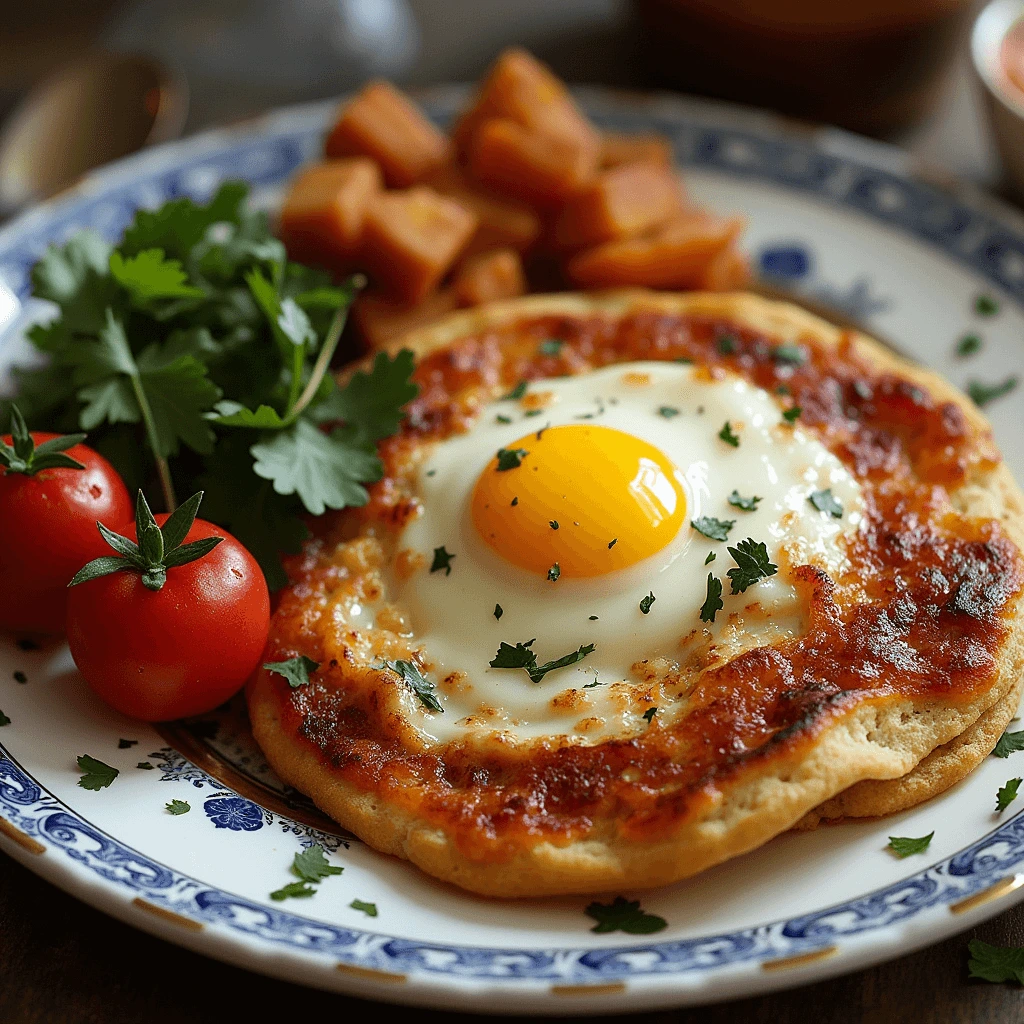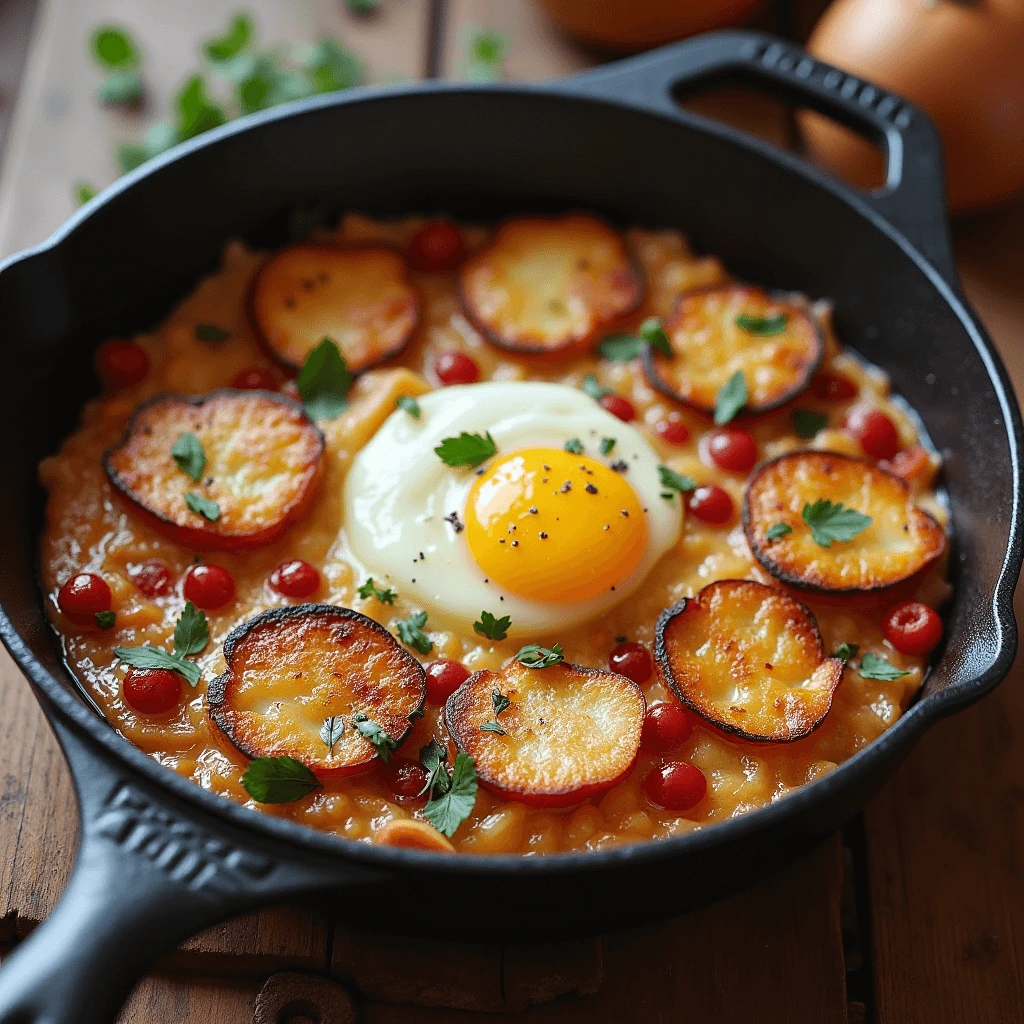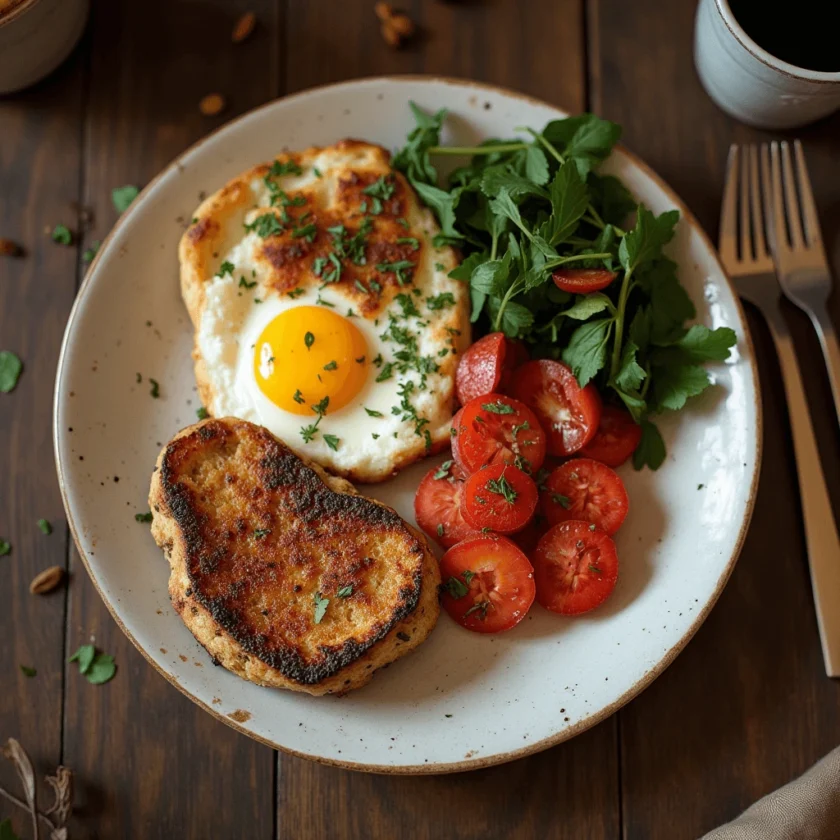If you’ve ever wondered what people ate for breakfast in the Middle Ages, you’re not alone. Medieval breakfast recipes offer a fascinating glimpse into a world where food was simple, rustic, and deeply influenced by social class and necessity. From hearty porridges to fresh bread and cheese, breakfast in medieval times was designed to fuel a hard day’s work or satisfy a traveler’s early hunger.
Unlike today, breakfast wasn’t always celebrated in medieval society. It was often considered a meal for the working class, as nobles waited for larger meals later in the day. However, medieval breakfast recipes reflect the creativity of cooks who relied on basic ingredients to create sustenance and flavor.
If you’re intrigued by the simplicity and history behind these dishes, exploring authentic medieval breakfast recipes can transport you back to a time when food was deeply tied to survival and local resources.
The Role of Breakfast in Medieval Society
In medieval Europe, the concept of breakfast (hier you found out anothers ideas from Breakfast ) varied by region and class. For laborers and peasants, breakfast was often a necessity to fuel physical labor. It typically included medieval breakfast recipes like porridge, bread, and ale. The wealthy, however, regarded breakfast as unnecessary, occasionally indulging in small meals if they had an early morning hunt or journey.
Religious beliefs also played a role. The Church sometimes viewed eating early as a sign of gluttony, but exceptions were made for children, the elderly, and workers. As a result, medieval breakfast recipes often reflected practicality, simplicity, and availability of ingredients.
Staple Ingredients of Medieval Breakfast Recipes
Most medieval breakfast recipes were built around these key ingredients:
- Grains: Barley, rye, oats, and wheat were used to make bread, porridge, and cakes.
- Dairy: Milk, butter, and cheese were essential for both peasants and nobles.
- Eggs: A readily available protein source, often poached or boiled.
- Vegetables: Root vegetables like turnips, leeks, and cabbage were common.
- Fruits: Apples, berries, and dried fruits were used for sweetness.
- Honey: The primary sweetener of the medieval era.
- Ale: A staple drink for peasants, often consumed with bread or cheese.
Authentic Medieval Breakfast Recipes
These medieval breakfast recipes showcase the creativity and resourcefulness of medieval cooks. Each dish is simple, hearty, and reflective of the ingredients available during the time.
1. Frumenty (Medieval Porridge)
Frumenty, a staple among both peasants and nobles, was a versatile dish made from grains. This medieval breakfast recipe could be plain or enriched with milk, spices, and fruits.
Ingredients:
- 1 cup cracked wheat or barley
- 2 cups water or milk
- 1 teaspoon honey
- Pinch of salt
- Optional: dried fruits (raisins or currants)
Instructions:
- Combine grains and water (or milk) in a pot over medium heat.
- Stir frequently, cooking until the mixture thickens (20–30 minutes).
- Add salt and sweeten with honey.
- Serve warm with dried fruits for extra flavor.
2. Rye Bread with Cheese
Bread and cheese were dietary staples for medieval Europeans. This simple medieval breakfast recipe provided energy and nourishment for laborers starting their day.
Ingredients:
- 2 slices of rye bread
- A wedge of hard cheese
- Optional: butter or honey
Instructions:
- Toast the bread over an open flame or in an oven.
- Spread butter if desired and serve with a wedge of cheese.
3. Poached Eggs with Herbs
Eggs were widely consumed in medieval times, and herbs added both flavor and medicinal value to this classic medieval breakfast recipe.
Ingredients:
- 2 fresh eggs
- 2 cups water
- 1 tablespoon vinegar
- Fresh herbs (parsley, thyme, or sage)
- Salt and pepper
Instructions:
- Heat water and vinegar in a pot until simmering.
- Crack an egg into a bowl, then gently slide it into the water. Repeat with the second egg.
- Cook for 3–4 minutes, then remove with a slotted spoon.
- Garnish with herbs, salt, and pepper.
4. Barley Cakes
Barley cakes were a quick alternative to bread, especially for peasants. This medieval breakfast recipe uses barley flour and a pinch of salt for a simple yet satisfying dish.
Ingredients:
- 1 cup barley flour
- ½ cup water
- Pinch of salt
- Butter or lard for frying
Instructions:
- Mix barley flour, water, and salt in a bowl until a dough forms.
- Shape into small, flat cakes.
- Fry in butter or lard until golden brown.
5. Honeyed Milk
A luxurious option for medieval nobles, honeyed milk was a comforting beverage that paired well with bread or cakes.
Ingredients:
- 1 cup whole milk
- 1 tablespoon honey
- Optional: cinnamon or nutmeg
Instructions:
- Warm the milk over low heat.
- Stir in honey until dissolved.
- Add a pinch of cinnamon or nutmeg for extra flavor.

Cultural Differences in Medieval Breakfast Recipes
Medieval breakfasts varied widely across regions. In England, medieval breakfast recipes often included bread and ale, while French and Italian breakfasts featured fresh fruits, cheeses, and pastries. The wealthy had access to imported spices and refined grains, while peasants relied on locally available staples.
How to Recreate Medieval Breakfast Recipes Today
Recreating medieval breakfast recipes in a modern kitchen can be both fun and educational. Here’s how:
- Modern Equipment: Use stovetops, ovens, and blenders to simplify traditional methods.
- Spices and Herbs: Incorporate cinnamon, nutmeg, or thyme for authentic flavors.
- Experiment with Grains: Substitute barley and rye with modern grains like quinoa or whole wheat for added variety.
Conclusion
Exploring medieval breakfast recipes is more than just a culinary adventure—it’s a window into history. These dishes reflect the resourcefulness and simplicity of a time when meals were designed to nourish and sustain. Whether you’re trying frumenty, barley cakes, or honeyed milk, you’re tasting a part of history that continues to inspire.
